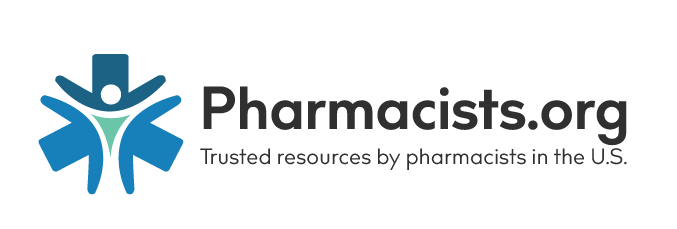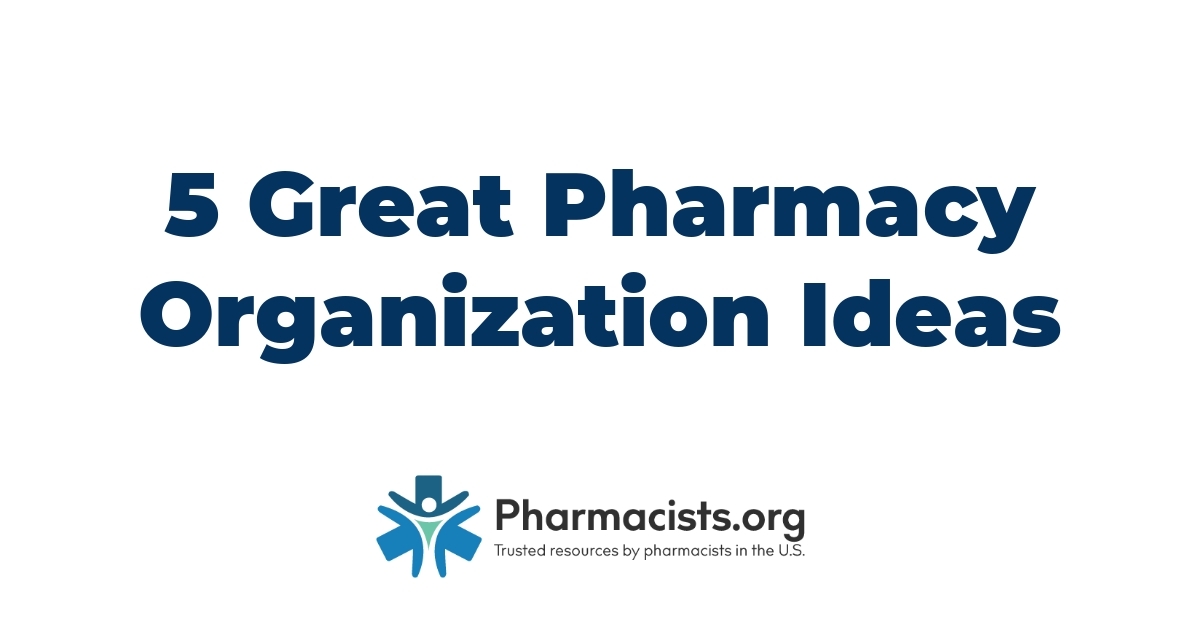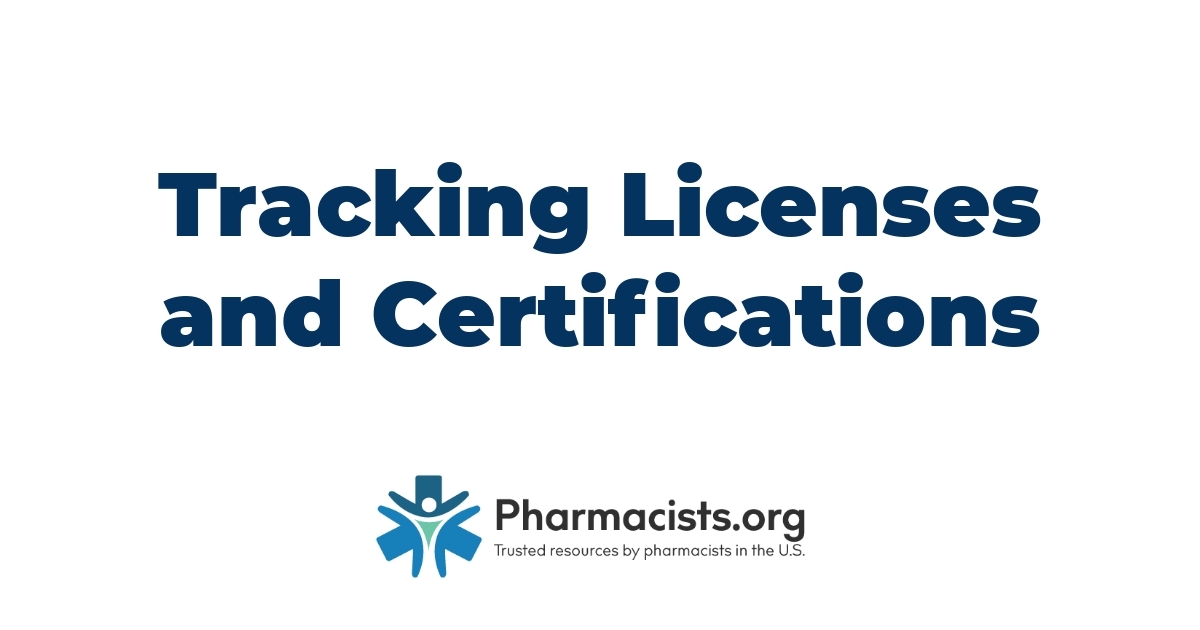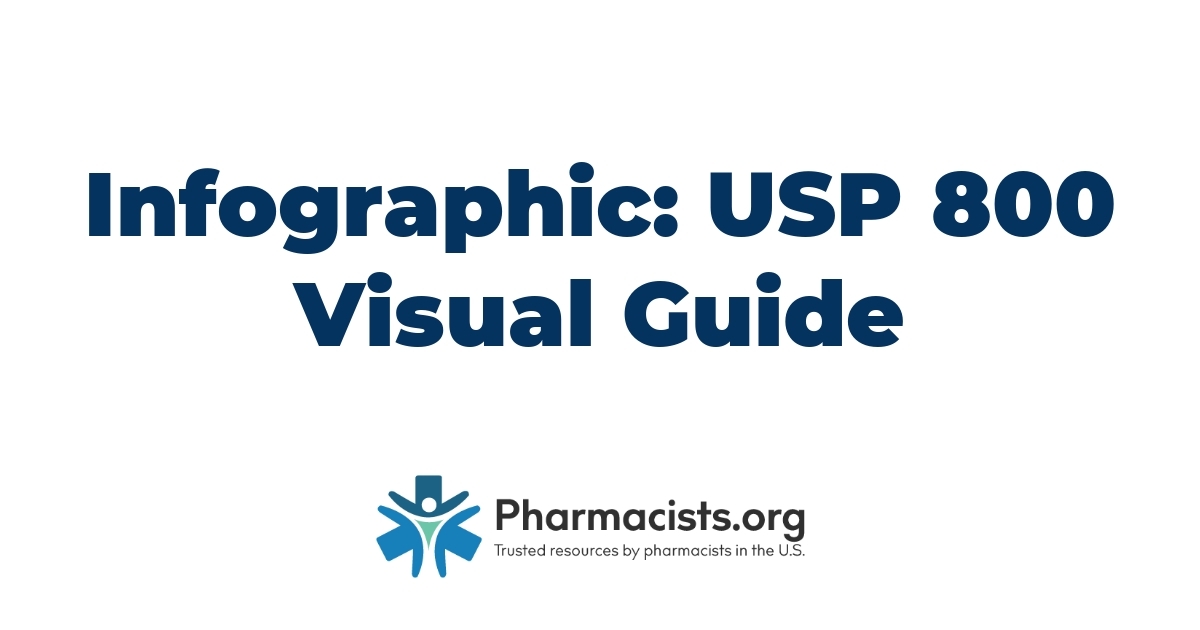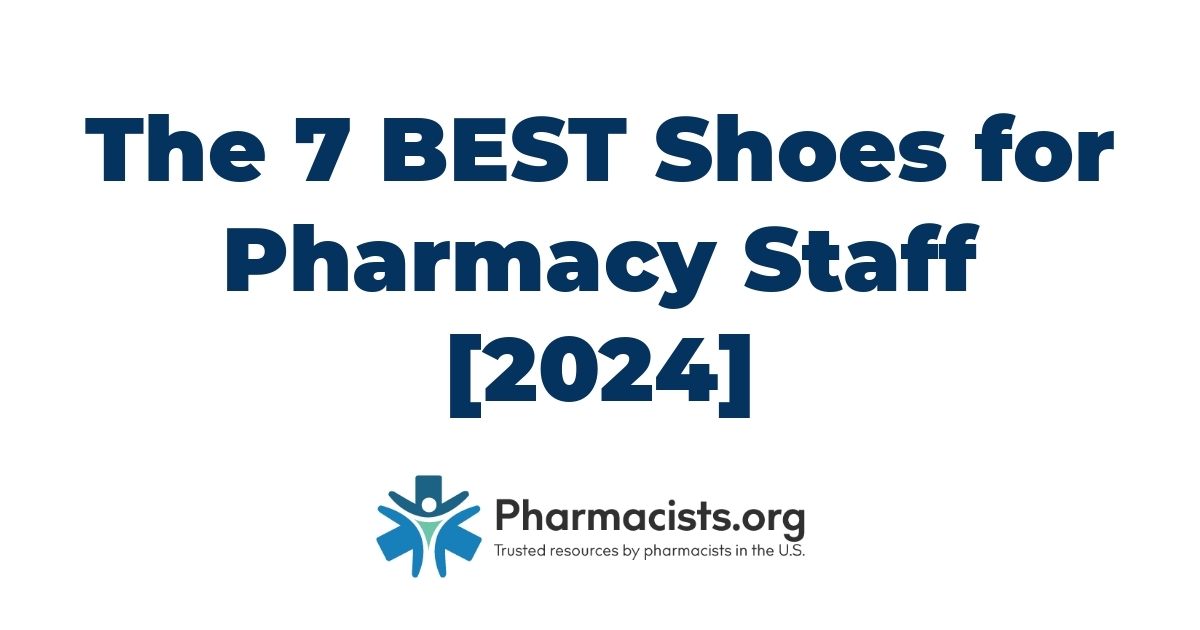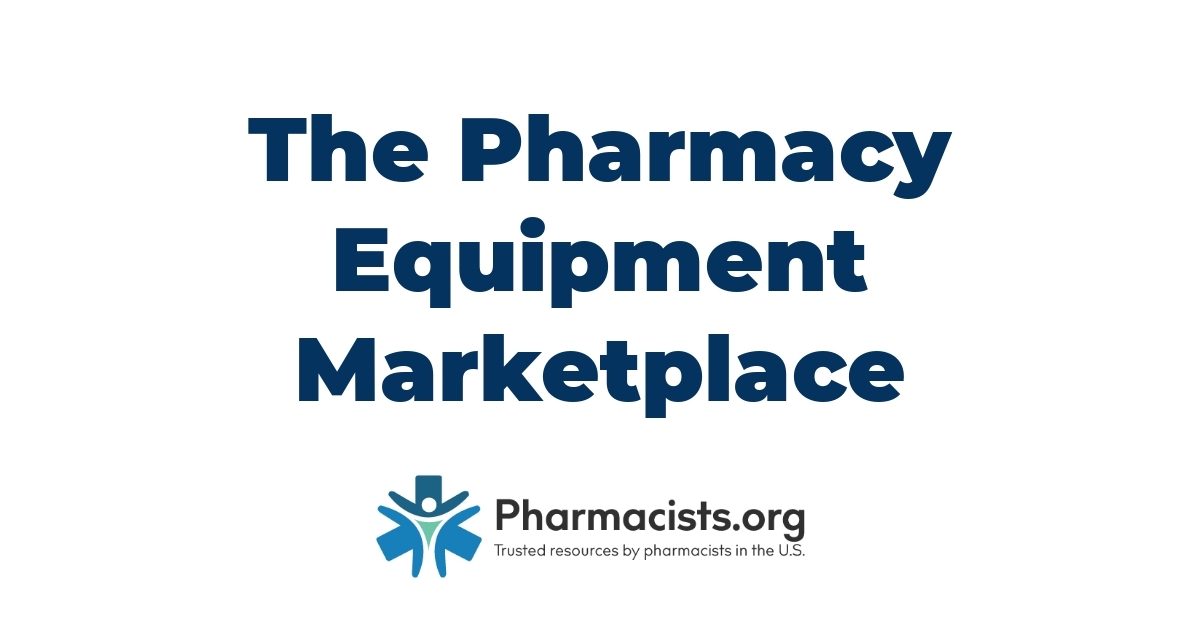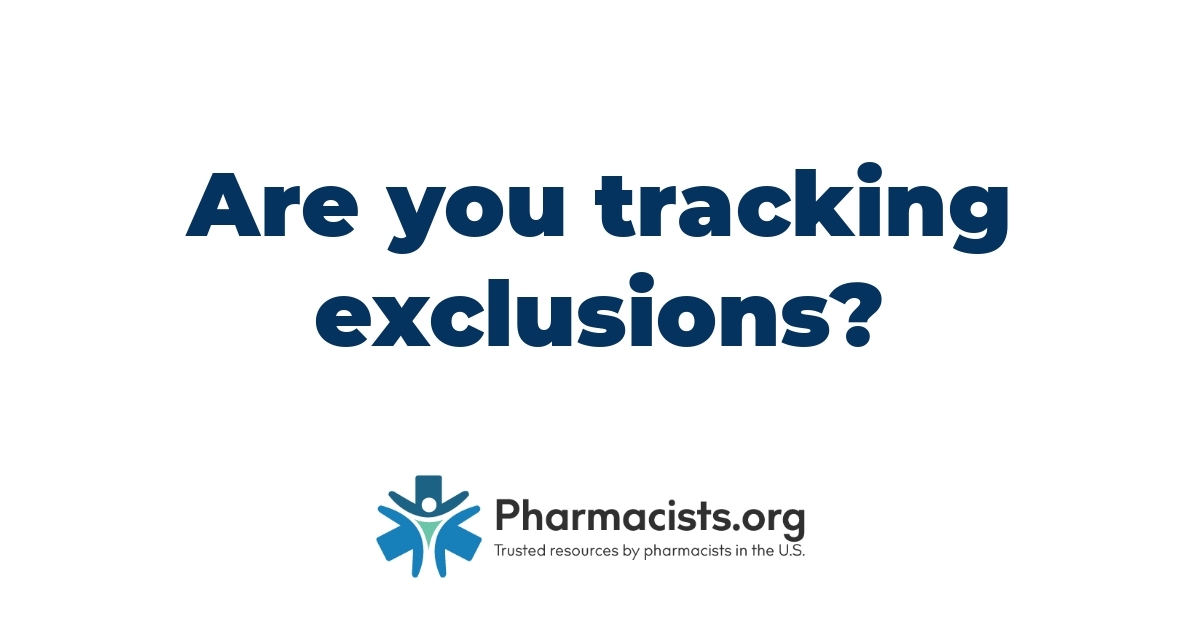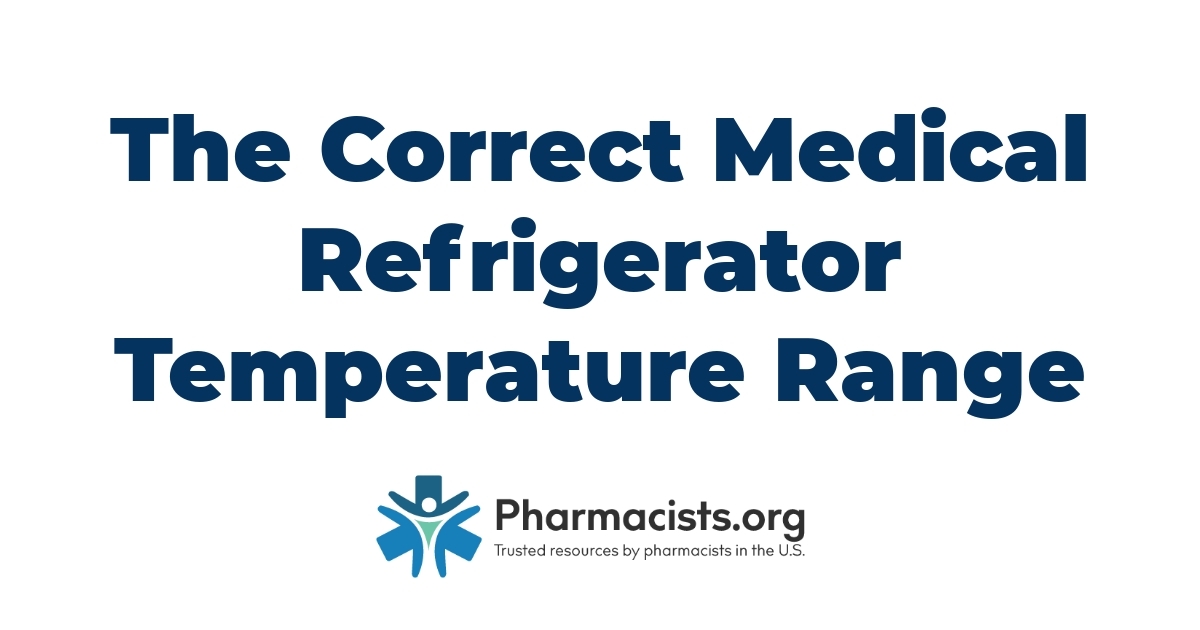There’s nothing worse than a messy pharmacy. Clutter and a disorganized space can cost you previous time trying to find supplies and can increase the risk of medication errors.
It also makes it more difficult during a pharmacy inspection. It is very possible for inspectors and auditors to be in and out of your pharmacy quickly. I’ve even had on-site auditors for PBM’s and insurance companies out within 45 minutes, so it’s very possible if you’re well prepared.
However, if they walk into a complete mess and you are running around each time they ask you for something, not only is the inspection going to take longer but it sends the wrong impression. In that case, they might decide to dig a little deeper than they normally would.
If you’ve been putting off getting your pharmacy organized, there’s never been a better time to get started. Here are a list of ideas to get your brainstorming going.
1. Label your supply drawers and bins
Tape/sticker/whatever a label to all of your supply bins and drawers, so that 1) new staff and floaters know where to find it and you know where to put the new supplies when they come in.
It doesn’t have to be complicated. Just “10 Dram Vials” will work. Also, be sure to add the item number from your supplier. So a complete label would look like “10 Dram Vials – Item# 123-456.”
The item numbers on the labels are a life changer. Before we added those at our pharmacy, we were always fishing around in the distributor’s website trying to figure out what we bought last or using handwritten lists that got lost. Now they can be ordered no-hassle at the end of the day.
2. Get your refrigerator organized
First off, if you don’t have a medical refrigerator, you should get one.
Outside of that, getting your refrigerator organized is one of the best ways to prevent medication errors. Insulins and vaccines probably occupy the most space in your refrigerator, and both are prone to dispensing and administration errors.
That includes:
- Mixing up pediatric and adult vaccines
- Dispensing the wrong insulin “mix” or wrong insulin altogether (i.e. Novolog 70/30 vs. Novolin 70/30, Novolog vs. Humalog, etc.)
- Administering the wrong vaccine
Take a look at ISMP’s top non-COVID vaccine administration errors. The risk of most of these could be reduced with an organized refrigerator.
3. Label your filing cabinet
Most pharmacies keep filing cabinets for invoices, old DEA Power of Attorneys, DEA 106 forms (hopefully you don’t have any), etc.
Problem is, nearly every time I’ve walked into a pharmacy as a new manager and going sniffing around looking for problems I’ve found a filing cabinet that looked like a tornado went through it.
Going back to the inspectors, if your controlled substance invoices are in the filing cabinet, and your filing cabinet is a mess, you’re going to be in trouble when the Board of Pharmacy comes. Best case scenario is that it takes you much longer to find what you need, costing you time and getting you backed up for the rest of the day. Worst case is that you can’t find it and it gets marked as a deficiency.
Get your filing cabinet labeled! See my related post on this issue here.
4. Put together your compliance binder
A compliance binder is a way to keep licenses, insurance certificates, policies and procedures, and other critical documents in one place, where they are easy for anyone to find.
Unlike the filing cabinet, the compliance binder works best for documents that are under a few pages. The only exception might be the P and P, which is best to put in there as well.
The best way to set this up is to put a table of contents in the front that 1) lists everything in the compliance binder and where it is (what tab of the binder it’s in, for example), and 2) everything in the filing cabinets, and what drawer it is in.
The compliance binder makes it possible for even a brand new float pharmacist to handle an inspection. While of course any pharmacy manager would want a phone call if an inspector came, there could be a situation where they aren’t able to reach the manager. If you put it together right, you can tell the float pharmacist to “hand over the compliance binder” if an inspector comes. From there, they should be able to get everything they need.
Check out this post for more info on getting your compliance binder together.
5. Get your controlled substance records in order
Out of everything in the pharmacy, mishandling controlled substances or not having a good record of where they went might get you into trouble the fastest. Many of your controlled substance records will be in either the compliance binder or the filing cabinet. But it’s best to ensure they are tracked all the way from “birth to death,” or from when you received them until when they are either dispensed or disposed of.
That requires some records that I’ve seen many pharmacies not keep. While it may not be a requirement, if gives you proof that you know where the drug went. A good example is the controlled substance waste log, which allows you to document all wasted controlled substances as they removed from inventory but before they are handed to the reverse distributor.
I am a pharmacist, community pharmacy consultant, and medical writer with over 12 years of clinical practice experience in community, outpatient health system, long term care, and academic settings. I am also the founder of PharmCompliance.com, a website dedicated to the success of community pharmacy.
As a pharmacy project manager, I led the implementation of new service lines, assist with ensuring legal and third-party compliance for over 70 retail stores, lead quality improvement and medication safety initiatives, write policies, procedures, and best practices for all our retail sites, and help with optimizing revenue cycle and pharmacy profitability. I have been responsible for DMEPOS and vaccine accreditation through CMS, obtaining new licenses and permits, and implementing a prescription drug kiosk embedded in our physician offices.
As a medical writer, my work has been featured in GoodRx, Pharmacy Times, Drug Topics, Patient Care Online, and in peer-reviewed journals. I have also given presentations on a range of topics, from disease state pharmacotherapy for medical residents to updates on the CDC vaccine storage and handling guidelines for a medical-grade refrigerator and freezer manufacturer. I have written and presented continuing education for CEImpact, FreeCE, AchieveCE, Ascension Health, and the Florida Department of Health.
